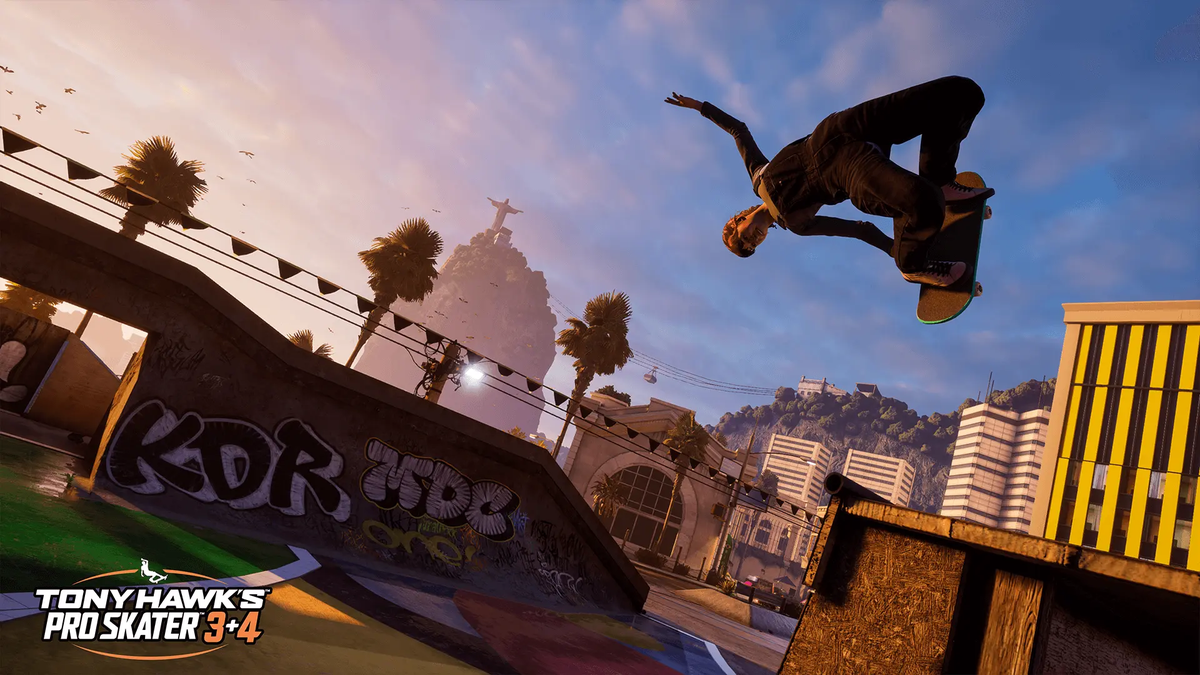Move over, Lithopane: 3D Printed 3D Photos with Gaussian Splats
If you had asked us yesterday “How do you 3D Print a Photo”, we would have said “well, that’s easy, do a lithopane”– but artist, hacker and man with a …read more


If you had asked us yesterday “How do you 3D Print a Photo”, we would have said “well, that’s easy, do a lithopane”– but artist, hacker and man with a very relaxing voice [Wyatt Roy] has a much more impressive answer: Gaussian splats, rendered in resin.
Gaussian splats are a 3D scanning technique aimed at replicating a visual rather than geometry, like the mesh-based 3D-scanning we usually see on Hackaday. Using photogrammetry, a point cloud is generated with an associated 3D Gaussian function describing the colour at that point. Blend these together, and you can get some very impressive photorealistic 3D environments. Of course, printing a Gaussian smear of colour isn’t trivial, which is where the hacking comes in.

[Wyatt] first generates the Gaussian splats with an app called Polycam, which outputs inscrutable binary .ply files. With AI assistance of dubious quality, [Wyatt] first created a python script to decompile this data into an ASCII file, which is then fed into a Rhino script to create geometry for printing. Rather than try and replicate the Gaussian splat at each point perfectly, which would melt his PC, [Wyatt] uses 14-face isospheres to approximate the 3D Gaussian functions. These then get further postprocessing to create a printable mesh.
Printing this isn’t going to be easy for most of us, because [Wyatt] is using a multi-color DLP resin printer. The main body is clear resin, and black or white resin used for the space defined by the isospheres created from the Gaussian Splat. When the interior color is white, the effect is quite similar to those acrylic cubes you sometimes see, where a laser has etched bubbles into their depths, which makes us wonder if that might be a more accessible way to use this technique.
We talked about Gaussian splats when the technique was first announced, but it’s obvious the technology has come a long way since then. We did feature a hack with multicolor resin prints last year, but it was much more manual than the fancy machine [Wyatt] uses here. Thanks to [Hari Wiguna] for the tip.



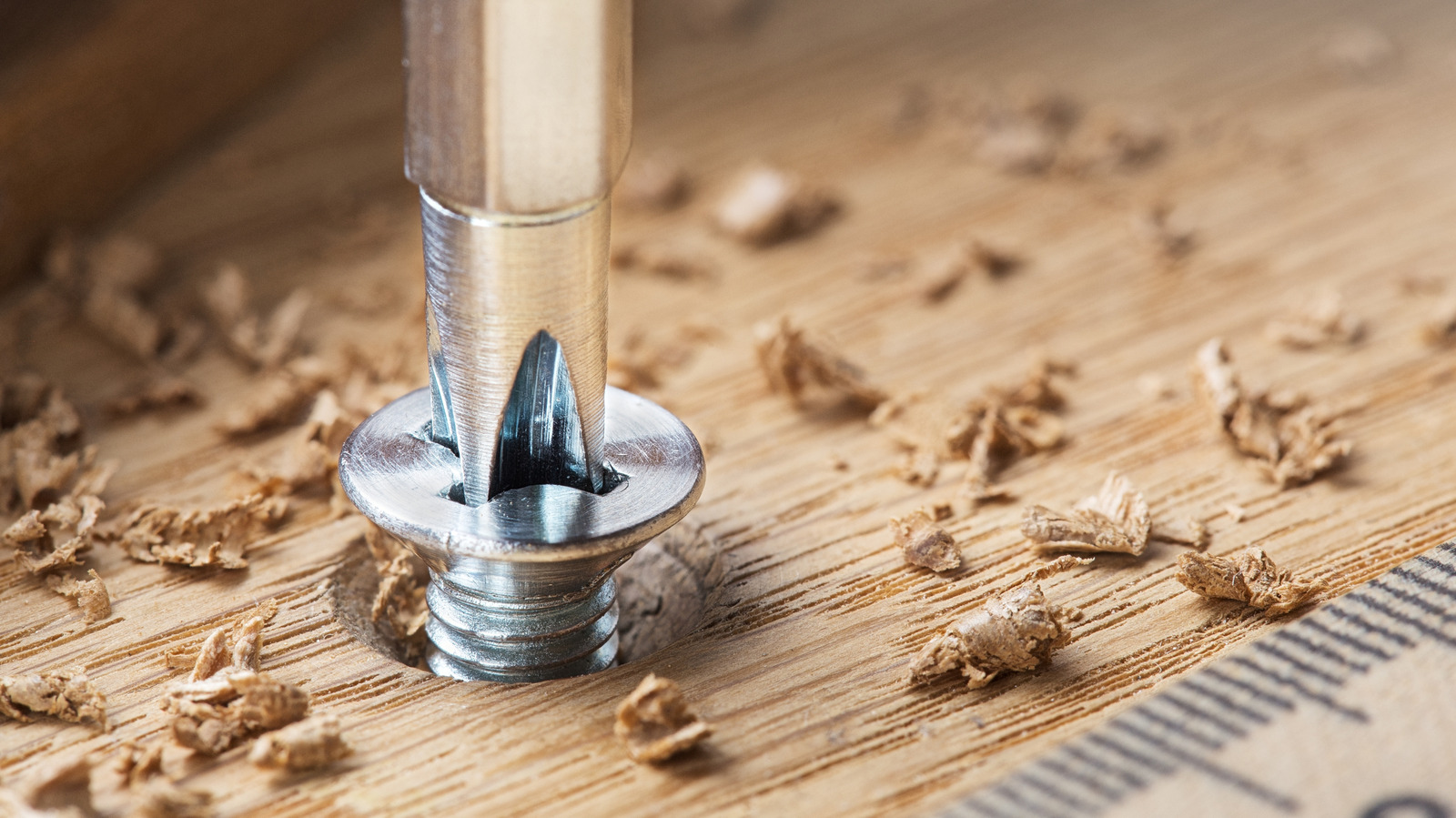




















![[Exclusive] Infinix GT DynaVue: a Prototype that could change everything!](https://www.gizchina.com/wp-content/uploads/images/2025/05/Screen-Shot-2025-05-10-at-16.07.40-PM-copy.png)































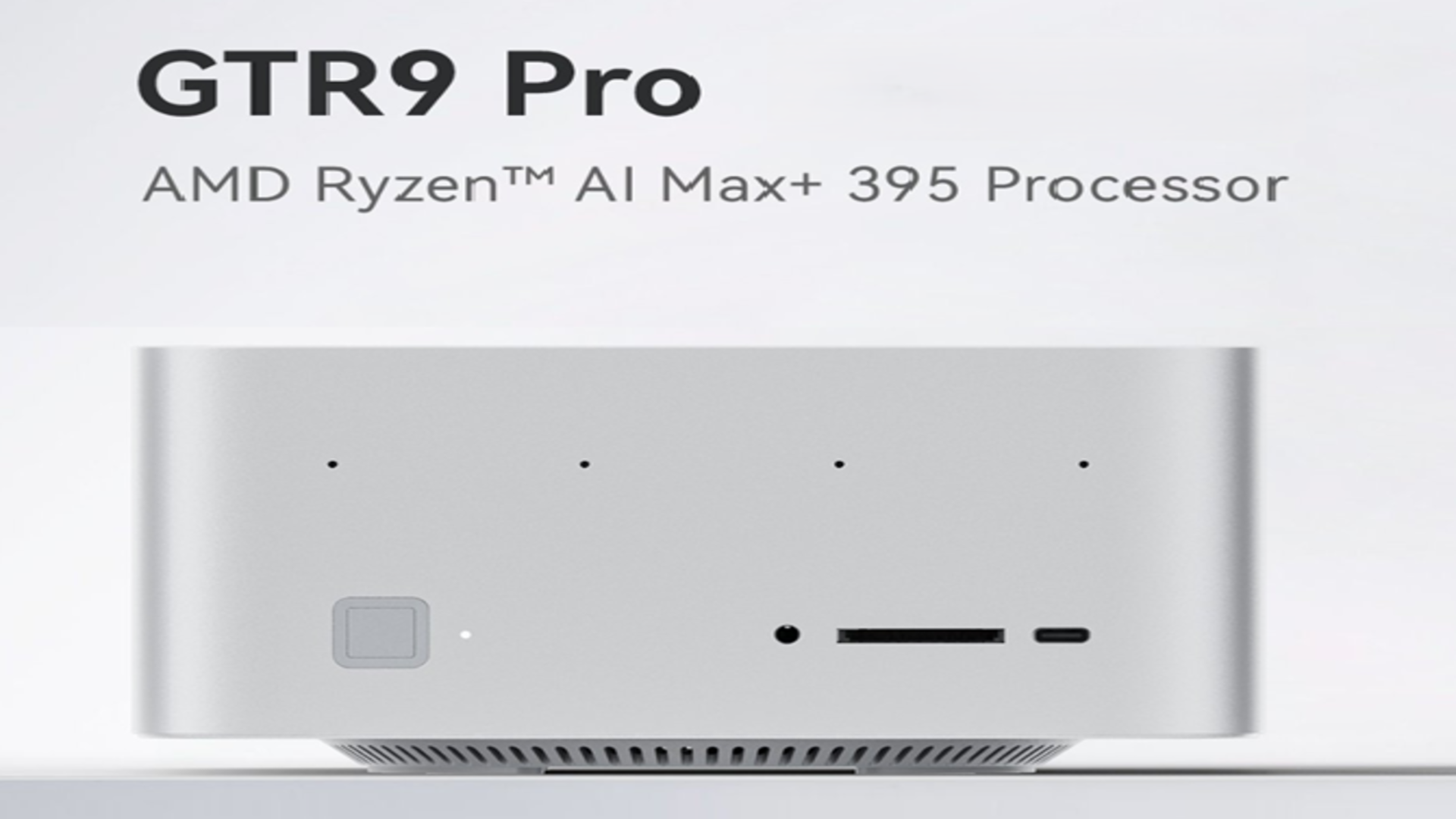


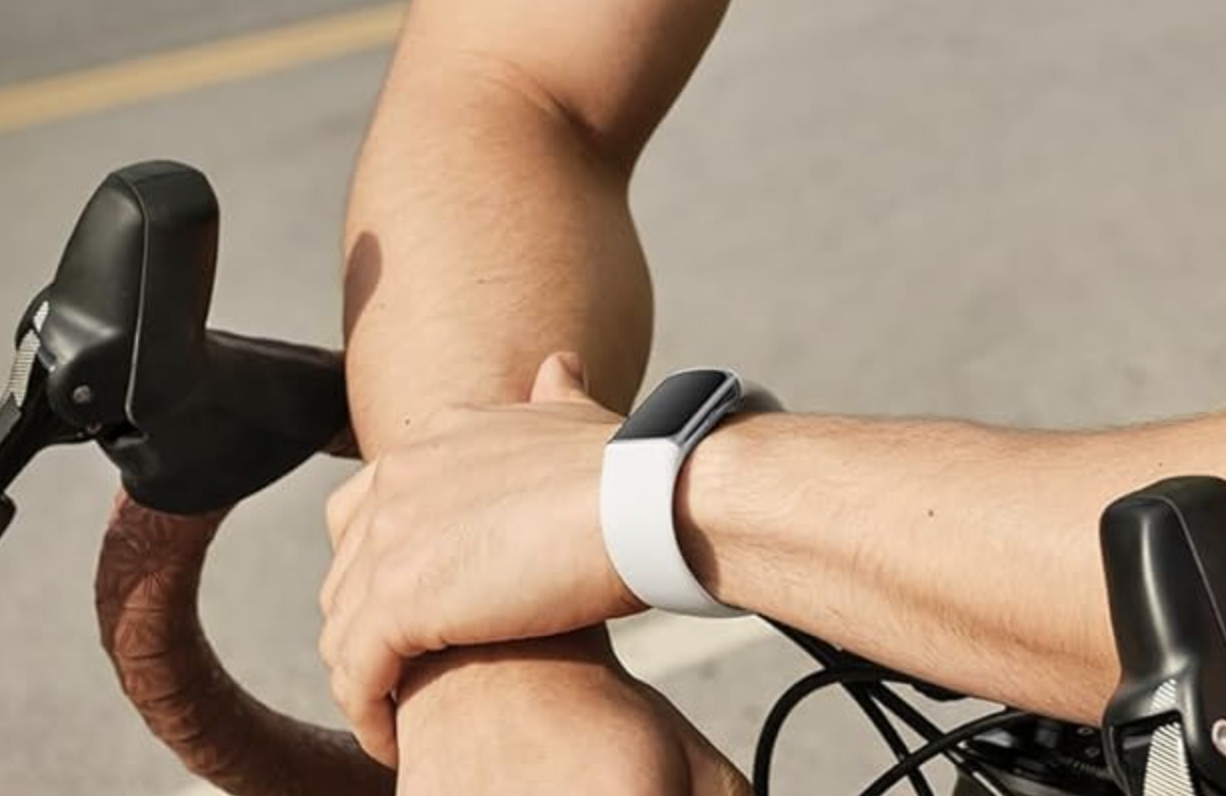












![Beats Studio Buds + On Sale for $99.95 [Lowest Price Ever]](https://www.iclarified.com/images/news/96983/96983/96983-640.jpg)

![New iPad 11 (A16) On Sale for Just $277.78! [Lowest Price Ever]](https://www.iclarified.com/images/news/97273/97273/97273-640.jpg)












![As Galaxy Watch prepares a major change, which smartwatch design to you prefer? [Poll]](https://i0.wp.com/9to5google.com/wp-content/uploads/sites/4/2024/07/Galaxy-Watch-Ultra-and-Apple-Watch-Ultra-1.jpg?resize=1200%2C628&quality=82&strip=all&ssl=1)















-xl.jpg)









































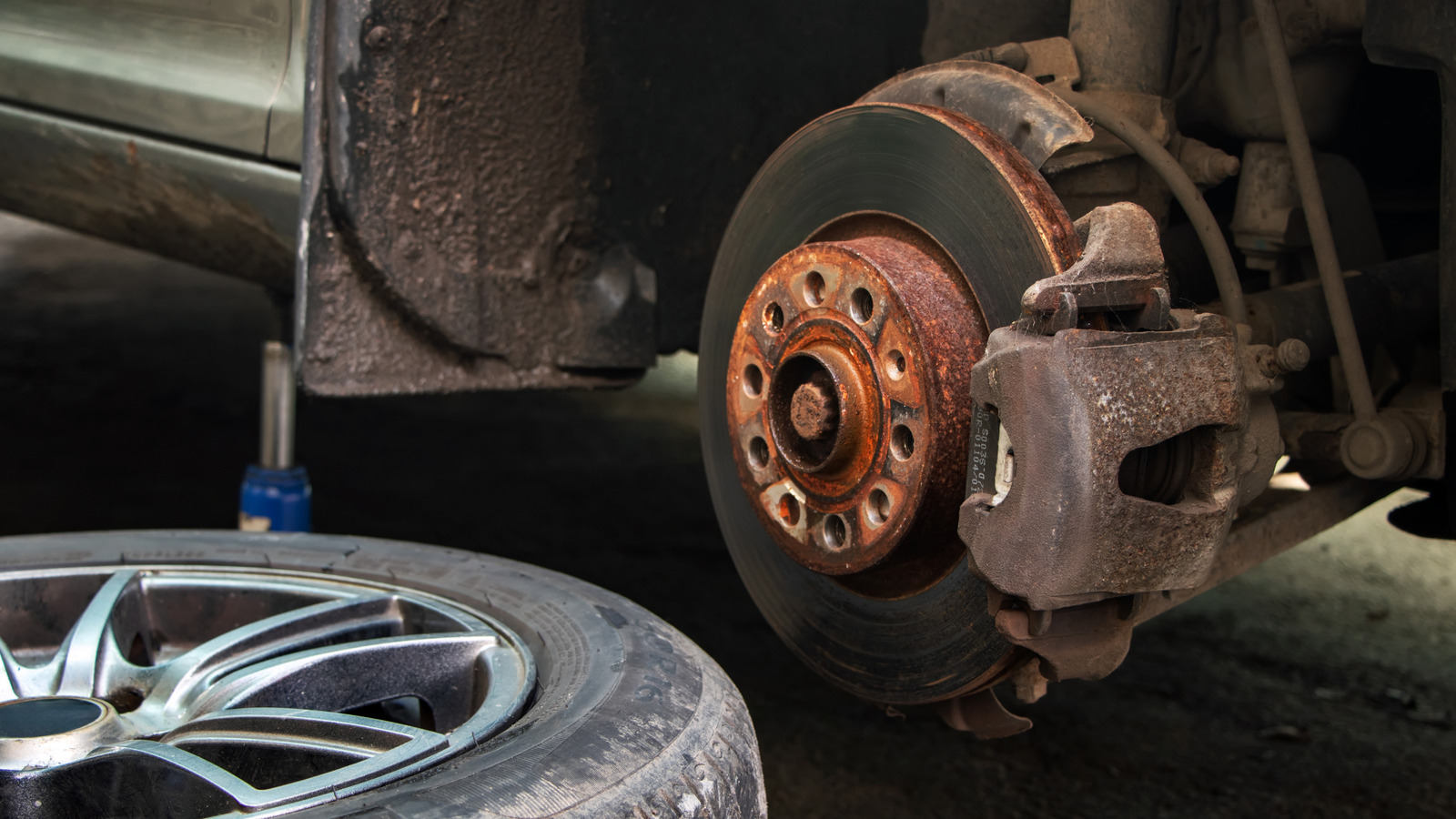





































































































































































![[The AI Show Episode 146]: Rise of “AI-First” Companies, AI Job Disruption, GPT-4o Update Gets Rolled Back, How Big Consulting Firms Use AI, and Meta AI App](https://www.marketingaiinstitute.com/hubfs/ep%20146%20cover.png)


















































































































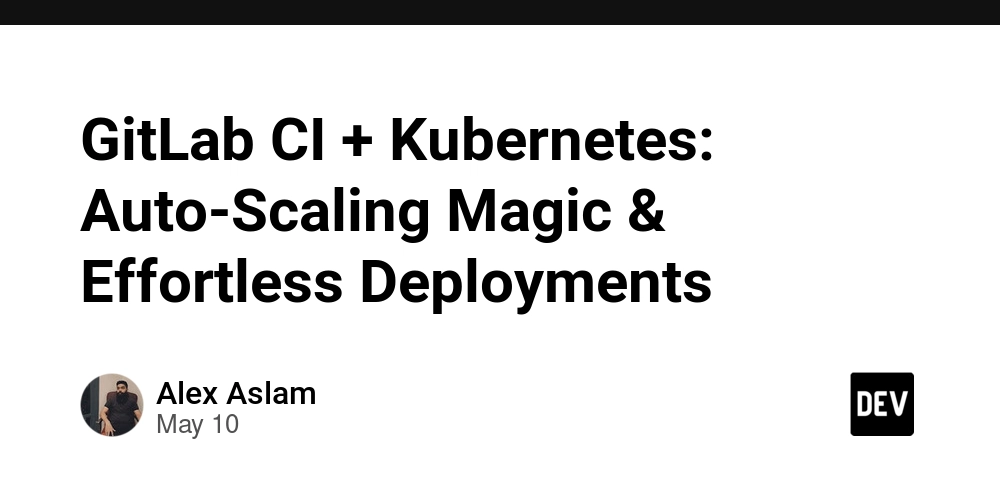

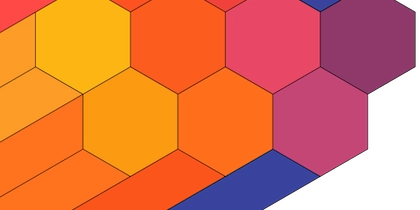











































![Ditching a Microsoft Job to Enter Startup Purgatory with Lonewolf Engineer Sam Crombie [Podcast #171]](https://cdn.hashnode.com/res/hashnode/image/upload/v1746753508177/0cd57f66-fdb0-4972-b285-1443a7db39fc.png?#)


![[FREE EBOOKS] Offensive Security Using Python, Learn Computer Forensics — 2nd edition & Four More Best Selling Titles](https://www.javacodegeeks.com/wp-content/uploads/2012/12/jcg-logo.jpg)




















































